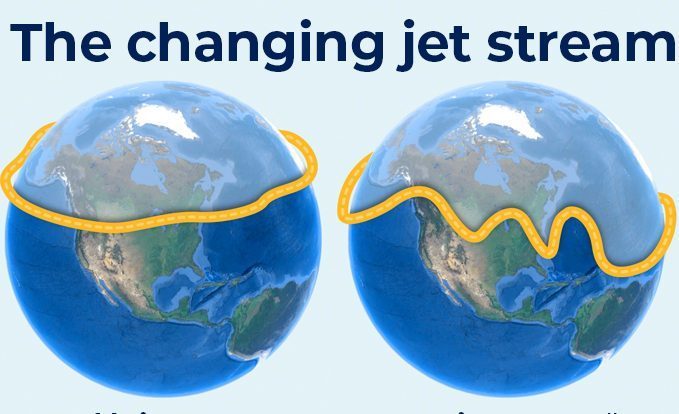
More all-time low temperatures records tumbled in Minnesota late last week, as the meridional jet stream flow (linked to low solar activity) continues to draw brutal Arctic air anomalously south.
The mercury sank low enough on Thursday, June 13 to prompt frost advisories for the Iron Range, Twin Ports, East Central MN and Douglas County - with both Hibbing and Hayward setting new all-time daily low temperature records:
- The city of Hibbing set a new low of -2.2C (28F) on Thursday- beating the previous record of -1.1C (30F) set in 1969 (solar minimum of cycle 19).
- While Hayward's new low of -0.6C (31F) smashed the old record of 1.7C (35F) from 2012.
The Changing Jet Stream
During a solar minimum, the jet stream's usual Zonal Flow (a west-east direction) reverts to more of a Meridional Flow (a north-south direction) - this is exaggerated further during a Grand Solar Minimum, like the one we're entering now, and explains why regions become unseasonably hot or cold and others unusually dry or rainy, with the extremes lasting for an extended period of time.
Note the recent hysteria regarding the anomalous warmth lingering over Greenland.
Well, Greenland's cold temperatures haven't up and vanished, nor have they been heated by the magic CO2 affect, or escaped Earth's atmosphere and leaked into space; they've simply been diverted south by a wavy jet stream - and this is the main reason for the lower latitudes experiencing record low temperatures of late.
In fact, the United States just suffered it's coldest October to May in recorded history.
We've known these mechanisms for decades, as this article from 1975's Science Mag would indicate, but as they clash with the modern politicised AGW agenda, they've conveniently been forgotten:
Furthermore, looking at NASA's Maunder Minimum Temperature Reconstruction Map, it would appear some regions of the planet do actually warm during global cooling - the Arctic, Alaska and S Greenland being the main ones (although 'warm' to the Arctic, for example, is still well-below freezing, there's no additional melt):
Earth's climate is cyclic, never linear - driven mainly by the sun.
And history is repeating.
Global Average Temperatures are trending cooler, even as the far-upper-latitudes trend a little warmer.
Don't be fooled.
The cold times are returning, as the sun enters it's next Grand Solar Minimum cycle:
Prepare.
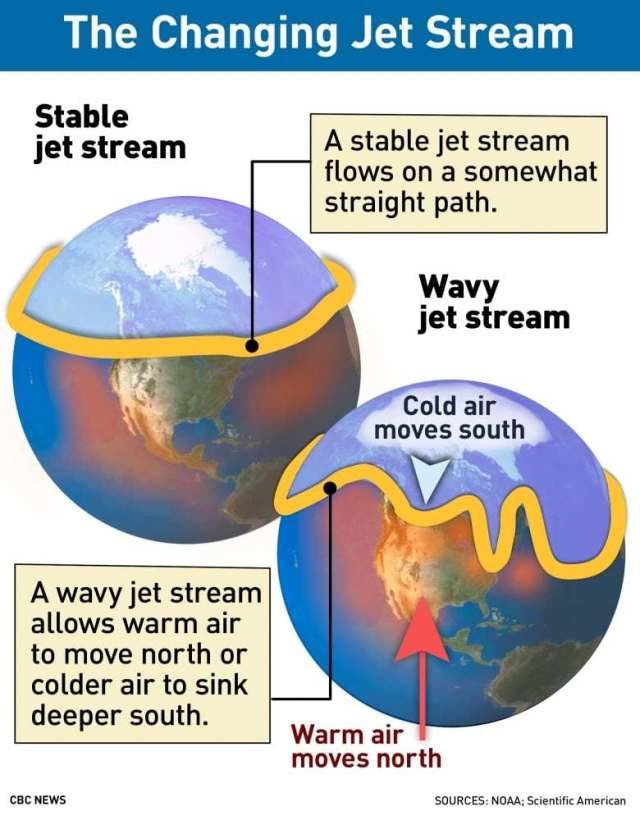
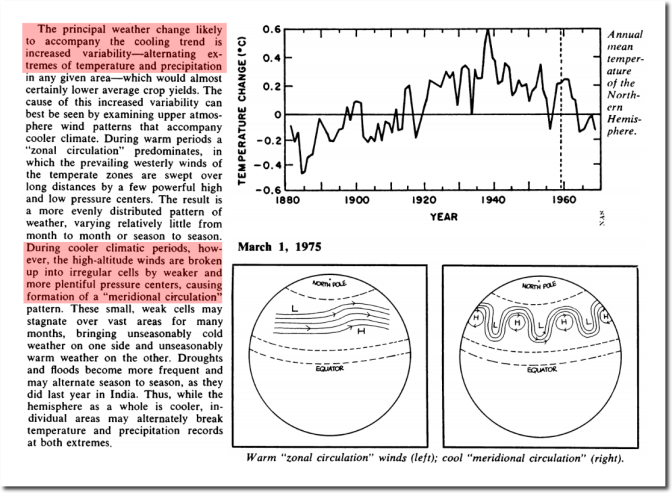
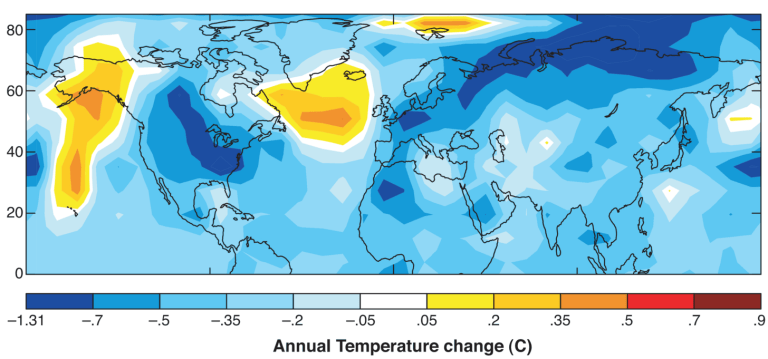
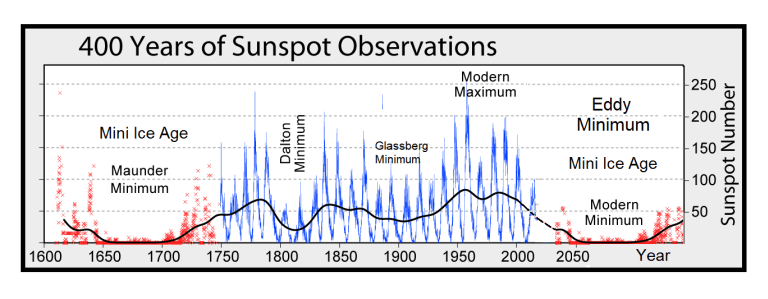



Comment: Ice Age: Reasons to bet on a catastrophically cooling world See also: